Regular car servicing is needed to maintain the performance and safety of your vehicle.
Understanding what is checked during a car service can help you appreciate the value it brings to your car's lifespan.
Services are generally divided into two categories: interim and full.
While both are essential, they cover different aspects of car maintenance.
Interim services focus on key components that require more frequent attention, whereas full services are more comprehensive, addressing both minor and major parts of the vehicle.
Regular servicing not only assists your car run smoothly but also helps in identifying potential issues before they become significant problems.
This proactive approach can save you from costly repairs down the line and keep your car in optimal condition.
In this article, we will explore the components and checks involved in both interim and full car services, providing you with a clear understanding of what to expect during these maintenance routines.
While making sure that your vehicle is in shape, you can also add a more personalised touch.
Customising a vehicle using our Plate Builder can improve its appearance and its individuality.
Interim Service
Engine and Transmission
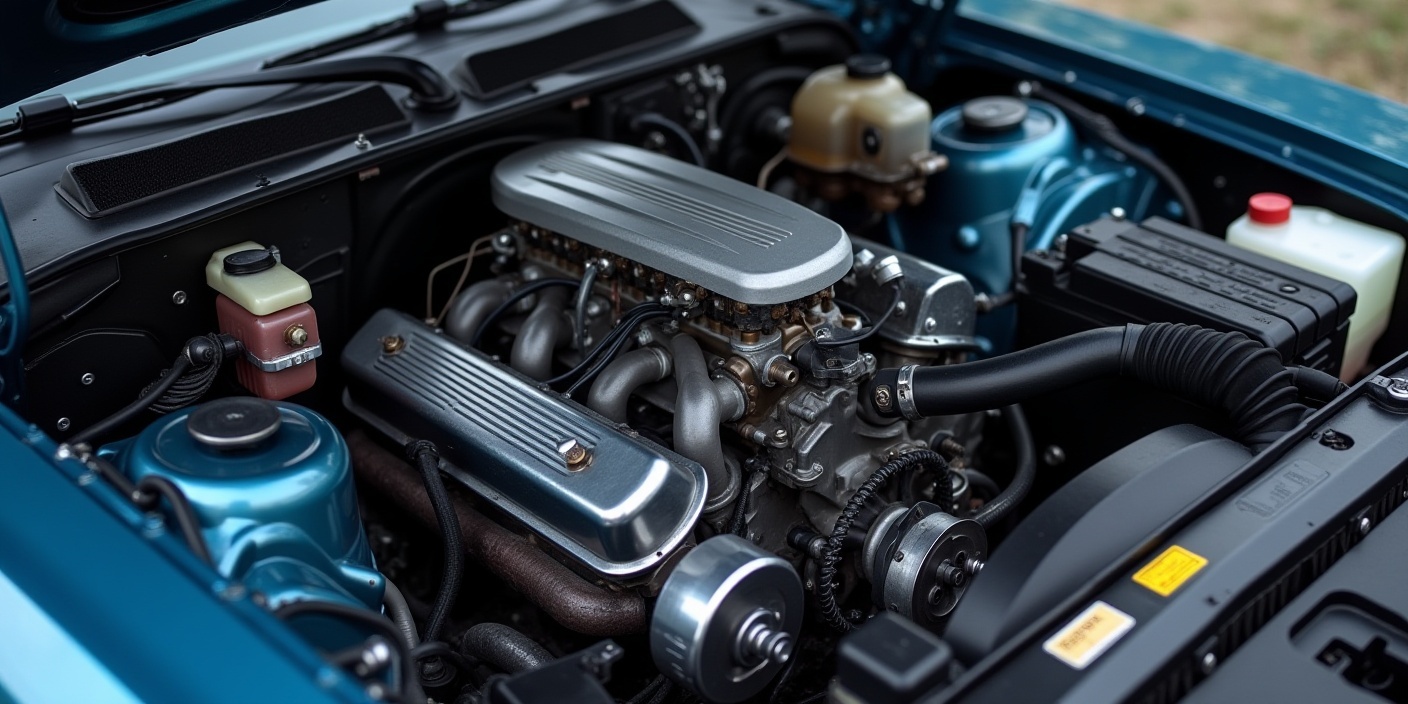
An interim service typically begins with checking the engine oil and filter.
Fresh oil is needed for lubricating the engine's moving parts and preventing wear.
Transmission fluid levels are also inspected to allow for smooth gear shifts and avoid transmission damage.
During this check, mechanics look for any signs of leaks or unusual noises coming from the engine, which could indicate underlying issues.
Overall engine performance is assessed to confirm that it is running efficiently and without any apparent problems.
Electrical and Lighting

All interior and exterior lights are tested during an interim service. This includes headlights, brake lights, indicators, and dashboard lights.
The battery's health and the charging system are checked to prevent unexpected breakdowns.
The wiring is inspected for any signs of wear or damage, ensuring that all electrical components function correctly.
The operation of dashboard indicators and warning lights is also verified to ensure they provide accurate information to the driver.
Brakes
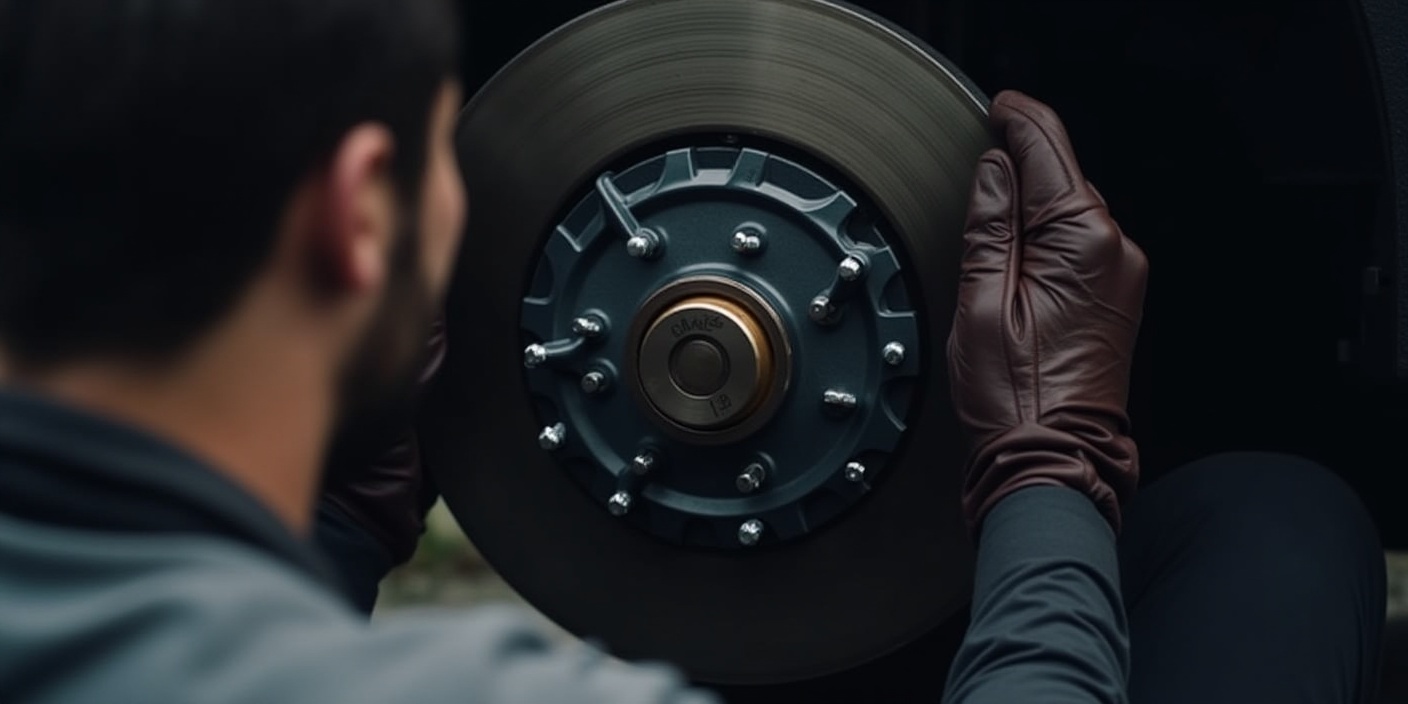
During an interim service, brake pads and discs are inspected for wear.
Mechanics check the brake fluid levels to make sure the braking system is working efficiently.
The handbrake's functionality is tested to confirm it can hold the car securely when parked.
Brake lines and hoses are examined for any leaks or damage, which could compromise braking performance.
This means that the brakes are in top condition for safe driving.
Tyres and Suspension
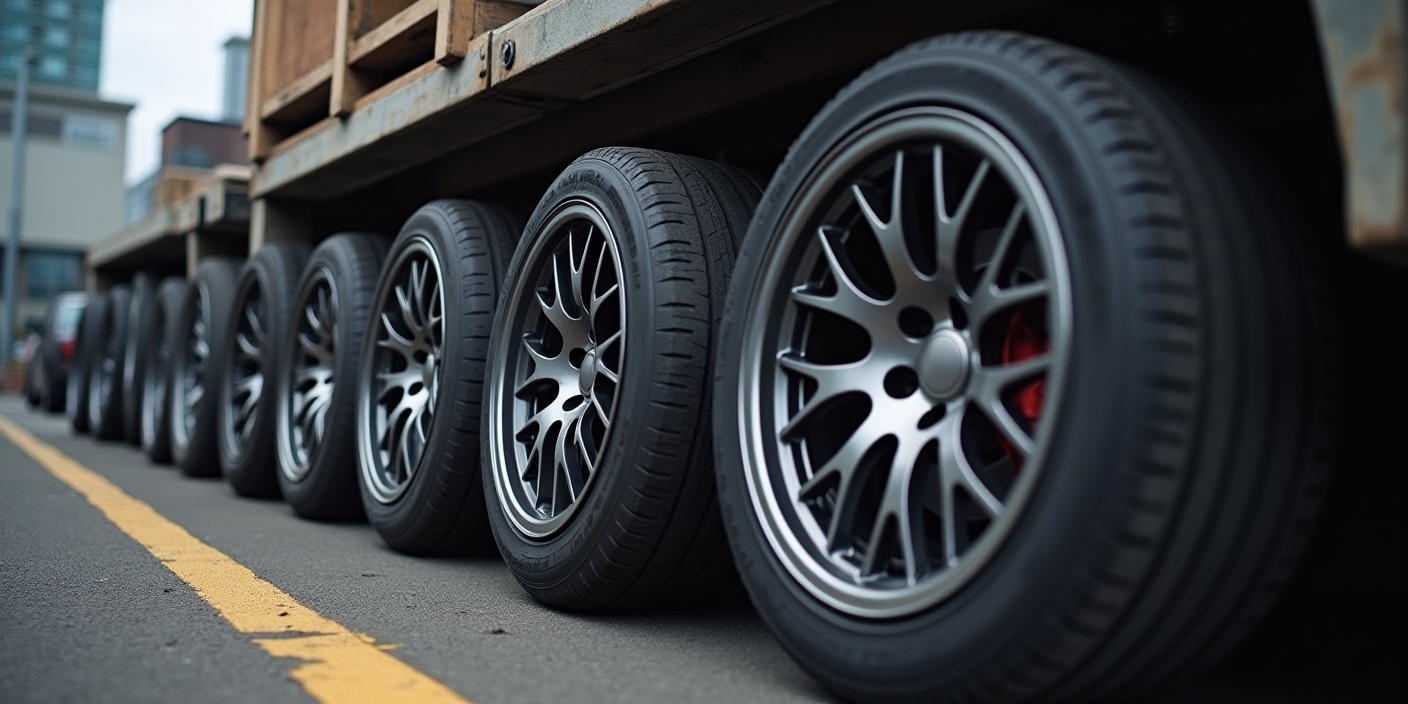
Tyre condition is checked for tread depth and any signs of damage.
Proper tyre pressure is essential for safety and fuel efficiency, so it is adjusted as necessary.
The suspension system is assessed to make sure it can absorb shocks and maintain vehicle stability.
Uneven tyre wear can indicate suspension issues, so mechanics look for such signs.
Keeping tyres and suspension in good condition helps maintain a smooth and safe ride.
Exhaust
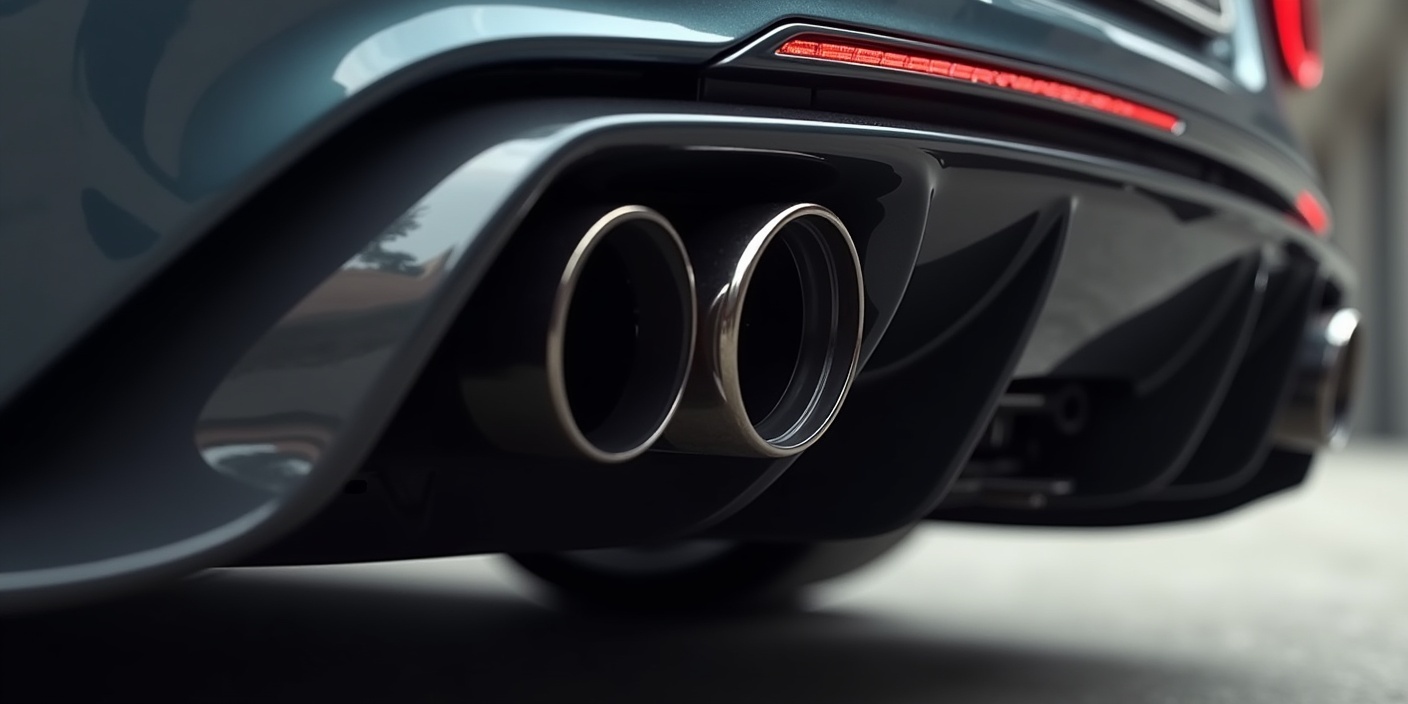
The exhaust system is inspected for leaks or damage.
This includes checking the condition of the catalytic converter, which reduces harmful emissions.
Exhaust mounts are examined to check they are secure, preventing excessive noise and potential damage.
Mechanics evaluate the overall noise levels from the exhaust to identify any abnormalities that might require attention.
Drive Belts
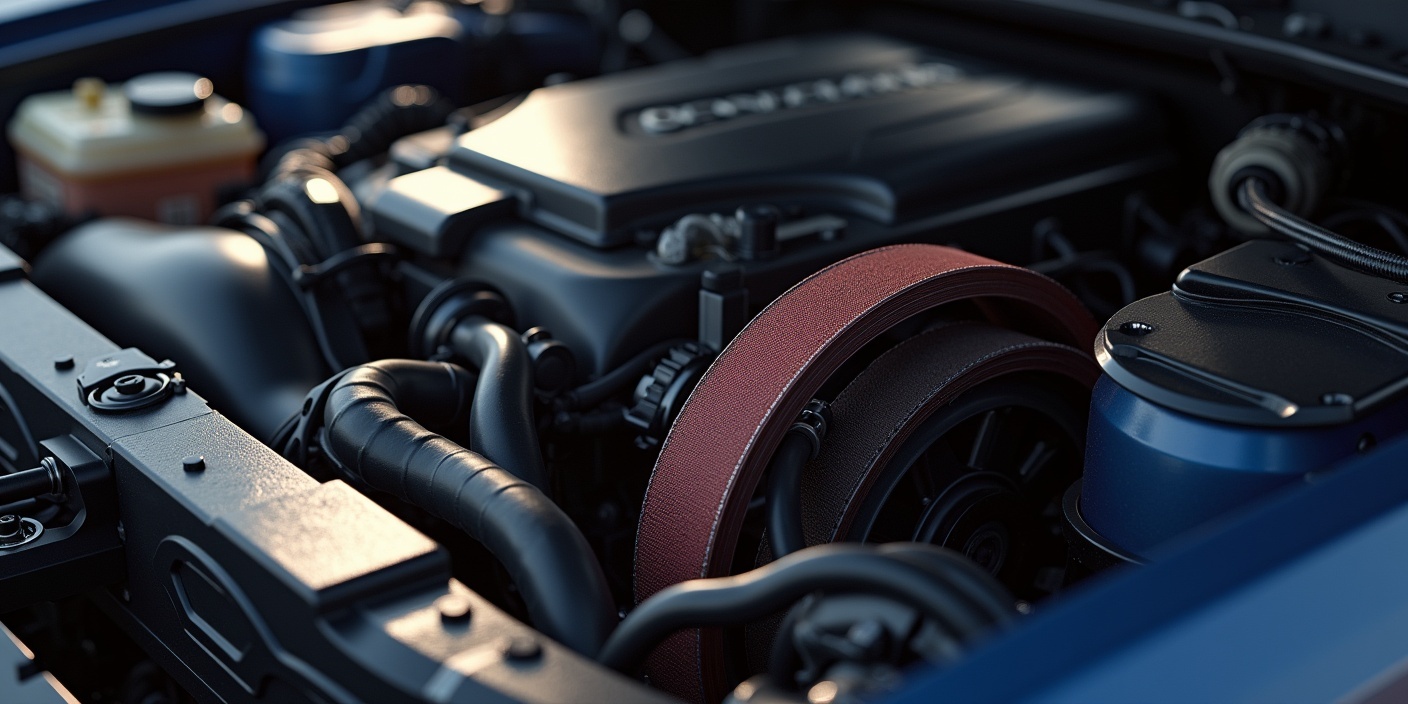
Drive belts are required for operating various engine components.
Their condition is checked for signs of wear, fraying, or cracking.
Proper belt tension is essential to prevent slipping and allow for efficient operation.
Mechanics also ensure that all pulleys associated with the belts are functioning correctly to avoid any disruptions.
Bodywork

The exterior body is checked for signs of damage, including dents and scratches.
Windscreens are inspected for chips or cracks, while wiper blades are assessed for effectiveness.
Making sure all doors and locks operate smoothly is also part of this check, contributing to the overall safety and appearance of the vehicle.
Full Service
Fluids
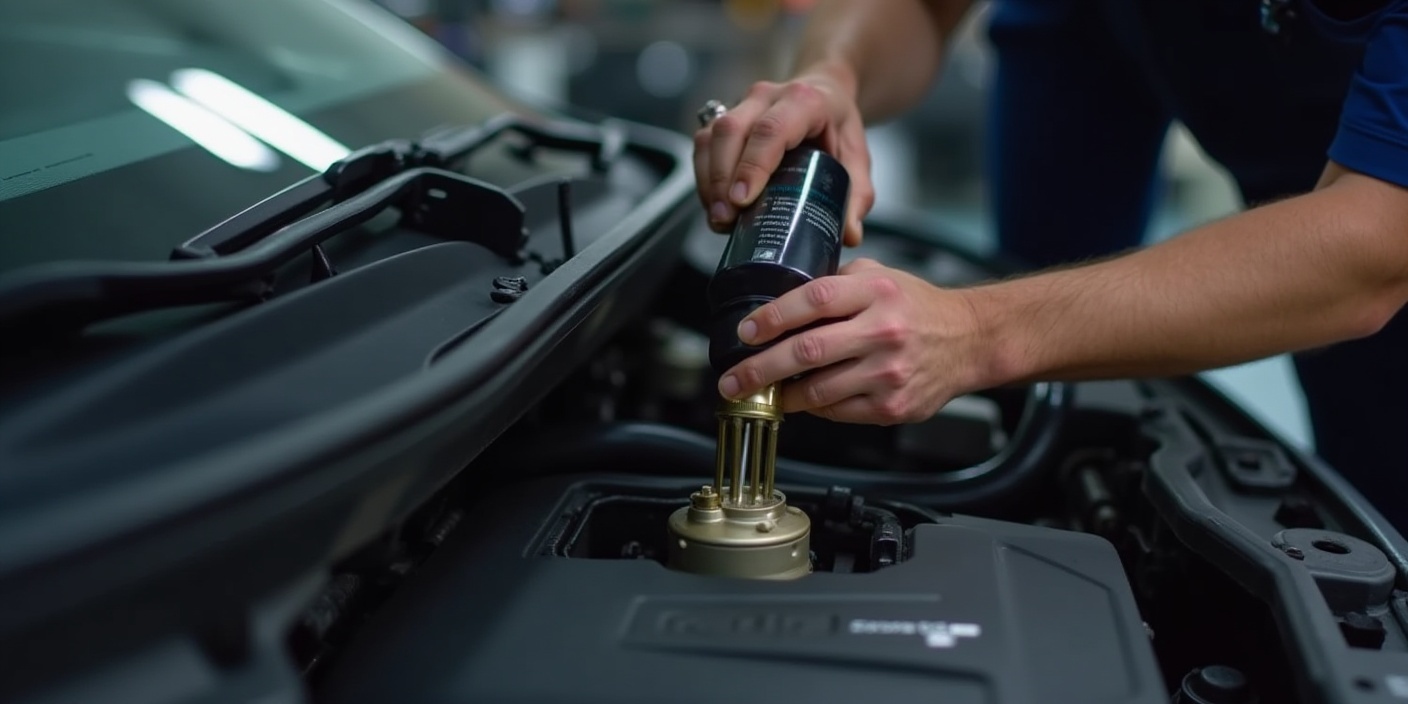
A full service involves replacing the engine oil and filter to provide optimal lubrication and engine health.
Coolant levels are checked and topped up to prevent overheating.
Power steering fluid is inspected and refilled if necessary, which provides the driver with easier steering control.
Brake and clutch fluids are also checked and replaced if needed, maintaining the effectiveness of these critical systems.
Regular fluid checks and replacements are essential for the vehicle's overall performance and longevity.
Interior Checks

Inside the vehicle, seat belts are inspected for wear and proper functionality.
The operation of the horn and other controls is verified to ensure they are in good working order.
All interior lights, including those in the dashboard and cabin, are checked for proper operation.
The air conditioning system is examined to make sure it is performing efficiently, providing comfort during driving.
These checks help maintain the vehicle's safety and comfort standards, which provides a pleasant driving experience.
Regular car servicing is needed for maintaining your vehicle's performance and safety.
Understanding the differences between interim and full services helps you make informed decisions about your car's maintenance needs.
Schedule regular services to keep your vehicle running smoothly and safely.
For more details, contact us today.
